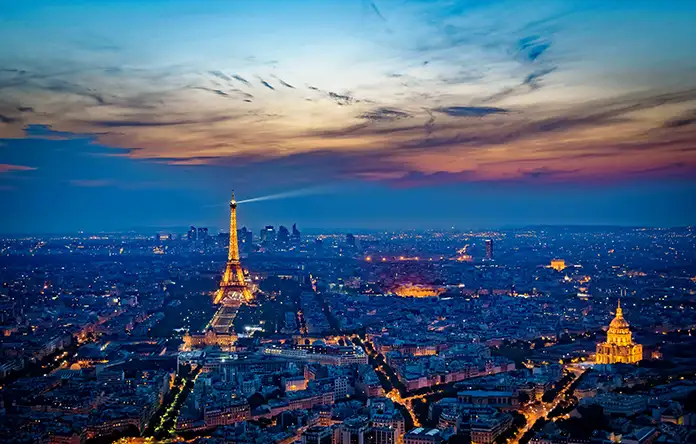Every organisation, and every IT department within these, will be at a different point on their journey to reach net zero. Along this road, some will encounter a “sustainability gap”, a divide between the climate commitments they have made and their ability to reach these. This could be felt by a whole business, or specifically their IT teams.
For IT departments, the bulk of their emissions will come from procurement. This includes the emissions created by the goods, services, and networks they buy in. The key to transforming an IT team’s environmental performance is about smart procurement and to better understanding their supply chain.
For example, when picking suppliers, in the way other caveats would be built in, emissions standards should be included. Generally, there is limited transparency in the tech industry supply chain more broadly. Companies function with strict confidentiality around the environmental performance of their products. This can prevent IT teams from being able to access the detailed carbon footprint of goods to compare with competitors. This is a wider issue, but worth noting, as without these assessments it is hard to compare or improve.
The main elements an IT team would procure are hardware, along with software, power and internet connections. Gaining a better understanding of this supply chain and making more “circularity” conscious decisions would be the general approach to boost the sustainability of an IT department.
During a product’s life this means taking steps to ensure colleagues get the most out of laptops, phones, printers, or servers. This can include making decisions which might save carbon but could be more expensive. For example, providing protective equipment, choosing to pay more to repair an item, rather than replace it, or buying a more expensive item with greater longevity. But also looking for software designed to not require new hardware less frequently.
This does not mean discarding all old hardware to replace with more sustainable options – it can mean purchasing items as they are replaced at the end of life, while current items are enabled to last as long as possible.
Following this, teams should look at what happens to a product once it comes to the end of its life. This includes selecting hardware at the time of purchase, which can be easily broken down and recycled, then ensuring this happens at disposal.
Unlike emissions footprints and reduction targets, there are no standards or guidelines agreed on quantifying circularity. Anyone looking to factor this into their emissions footprints should seek expert advice to ensure decisions taken and calculations are sound.
Reducing and decarbonising energy used to power equipment is important. This can begin with selecting more efficient hardware, so less power is needed, then choosing and managing software in such a way that it consumes less energy.
Offices can also look at where their energy comes from to ensure the electricity used to power devices is from “green” or renewable generation. Supporting this work we have seen growth in cleantech startups, focusing on helping the IT sustainability improvement. These services include innovative solutions like harvesting the heat loss from IT equipment to heat up rooms.
For organisations facing down a “sustainability gap”, we would stress the importance of keeping their climate targets front and centre of their work. Some organisations might consider delaying or adjusting these; however, delays will only mean more change will be required within a condensed timeframe later. Starting as early as possible and using a phased approach will make the transition easier. We would advise companies to move further and faster to close gaps as soon as they can.
It’s also important to think about money lost. There is more public scrutiny on businesses now than ever before, consumers are wise to the importance of climate action and from our own research we know many are seeking this when purchasing their goods and services. By moving early and fast there’s a gap for companies to set themselves apart from competitors. But once the market catches up, companies who have not made environmental progress could be seen as lagging by consumers.















